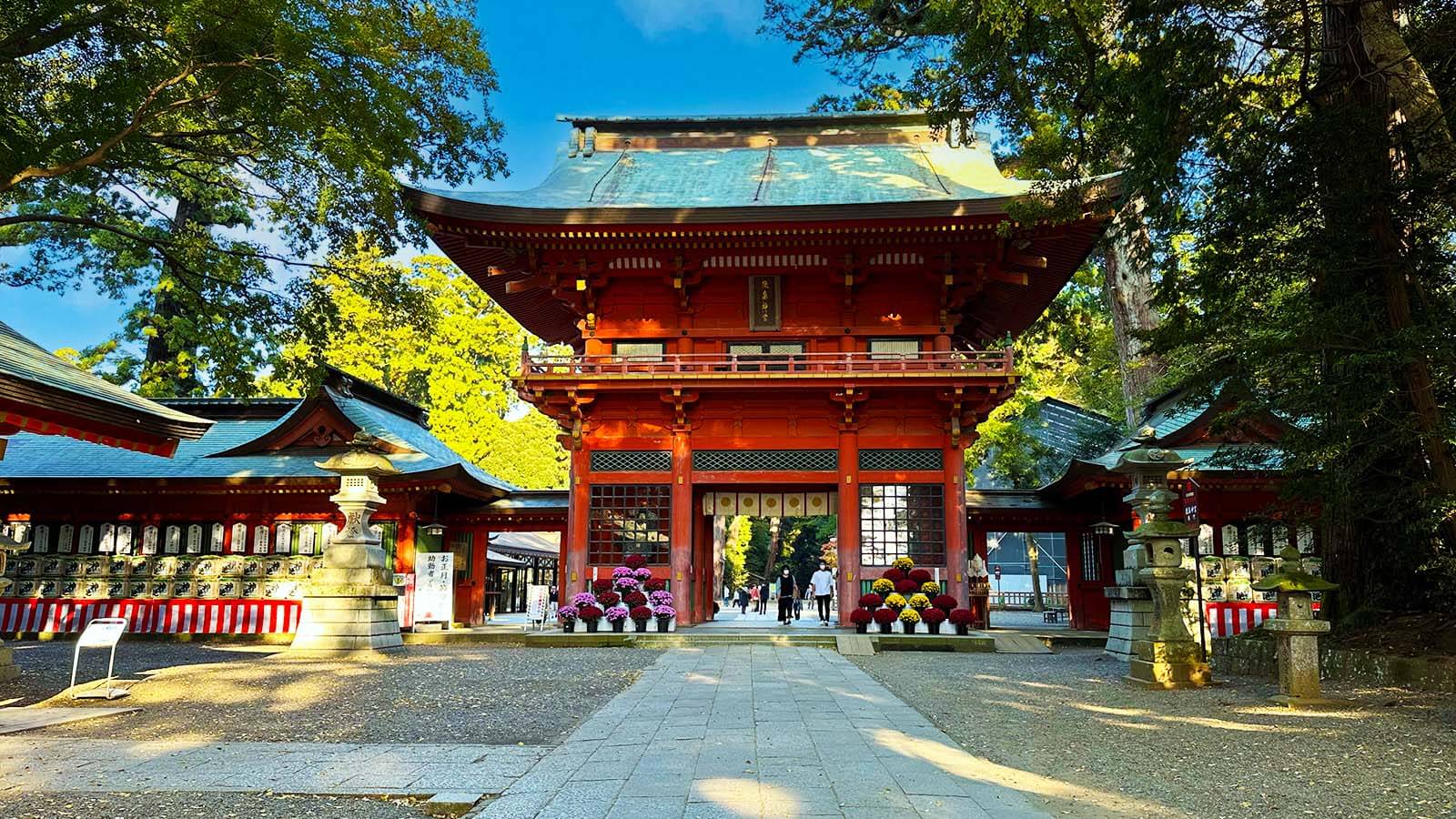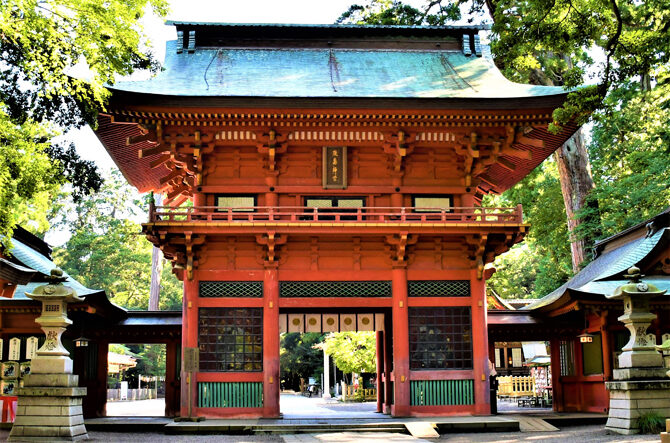


Itsukushima Shrine
The divine floating gate that guards the sacred island of Miyajima.
A UNESCO World Heritage site on the island of Miyajima in Hiroshima, world-famous for its iconic 'floating' torii gate that stands gracefully in the sea during high tide.
History of the Shrine
The island of Miyajima has been considered a sacred place since ancient times, so holy that for centuries commoners were not allowed to set foot on it. The first shrine on the island was likely built in the 6th century. However, Itsukushima Shrine owes its present grand form to the powerful warlord Taira no Kiyomori, who became governor of the province in 1168. Kiyomori, at the height of his power, worshipped the kami of Itsukushima and funded the construction of the magnificent shrine complex we see today.
To avoid desecrating the sacred island, Kiyomori had the shrine built on piers over the water. This innovative design gives the entire complex, including its famous torii gate, the illusion of floating on the Seto Inland Sea during high tide. The shrine became a symbol of the Taira clan's wealth and devotion, and its unique beauty has captivated visitors for over 800 years. The current torii gate is the eighth reconstruction, dating from 1875.
The Enshrined Kami
The shrine is dedicated to three female kami who are daughters of the sun goddess Amaterasu and her brother, the storm god Susano'o. Their names are Tagorihime-no-mikoto, Tagitsuhime-no-mikoto, and Ichikishimahime-no-mikoto. Born from a celestial ritual involving a sword, these powerful sisters are worshipped as deities of the sea, transportation, and fortune.
As guardians of maritime routes, they have long been prayed to by sailors, fishermen, and traders for safe passage and prosperity. In modern times, their blessings are sought for all forms of traffic safety. Ichikishimahime, in particular, is also associated with the Buddhist goddess Benzaiten, and is therefore also considered a patron of the arts and music.
What to See
The undisputed highlight is the Great Torii, which stands about 16 meters tall. At high tide, it appears to float, creating an unforgettable and iconic image of Japan. At low tide, visitors can walk out onto the sand to see the gate up close. The main shrine complex is connected by covered corridors, also on piers, which lead to the main hall, prayer hall, and a Noh theater stage—the oldest of its kind in Japan. The vermilion lacquer of the shrine buildings creates a stunning contrast with the blue of the sea and the green of the island's primeval forest.
The island itself is home to tame sika deer, believed to be messengers of the kami. Another key sight is the five-storied pagoda, Goju-no-to, which stands on a hill overlooking the shrine, adding to the picturesque scenery.
Major Festivals
The 'Kangen-sai' festival, held in late summer, is the shrine's most important event. Originating in the Heian period, it involves loading three sacred 'gozabune' boats with the shrine's portable shrines, musicians, and priests. These boats then travel to other shrines on the opposite shore and perform elegant 'Gagaku' court music on the water, turning the sea into a floating concert hall. The 'Miyajima Water Fireworks Festival' in August is also spectacular, with fireworks launched from boats behind the Great Torii, illuminating it in a dazzling display.
Support Itsukushima Shrine
Your participation helps preserve this sacred site for future generations. Every digital offering contributes to real shrine preservation efforts across Japan.
By making an offering, you become part of a global community honoring Japanese spiritual traditions and supporting the cultural heritage that has been cherished for centuries.